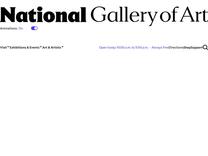American Paintings, 1900–1945: Jack-in-the-Pulpit No. 3, 1930 | National Gallery of Art https://www.nga.gov/research/publications/online-editions/american-paintings-1900-1945-jack-pulpit-no-3-1930
six-painting series at Lake George: In the woods near two large spring houses, wild

